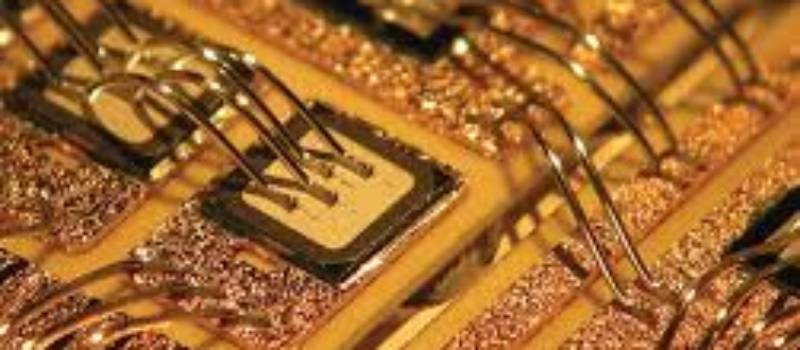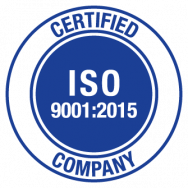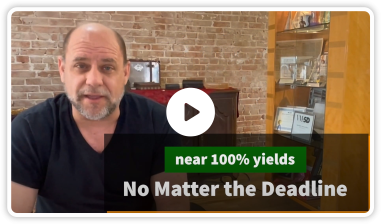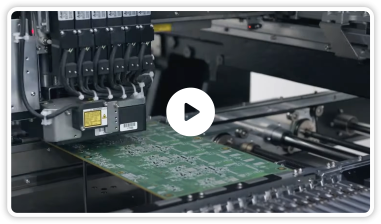ENEPIG Plating for Gold Ball Wire Bonding, Mixed Assembly Placement
ENEPIG Plating for Gold Ball Wire Bonding, Surface Mount Devices(SMDs) are attached to the same side of the printed circuit board (PCB) as the solder pads, and these pads can be on both sides of the PCB Assembly.
Pin-Through-Hole devices (PTH) are placed on the top side of the PCB, have their leads inserted through holes in the PCB, and are soldered from the bottom usually through a wave soldering process.
PCB circuit assemblies using both types of components, SMD and PTH, require special handling because they each use different soldering techniques.

ENEPIG Plating for Gold Ball Wire Bonding, Surface Mount Technology (SMT) Soldering
SMDs can be attach to the PCB using reflow soldering, or they can be wave solder.
In the reflow process, solder paste is apply to the solder pads of the PCB using a stencil, and the SMDs are place with their leads on top of the solder paste. Both the SMDs and the PCB are heat, reflowing (melting) the solder, connecting the leads of the components to the solder pads on the PCB.
To wave solder, when connecting the SMDs to the PCB, instead of reflowing the solder paste, a wave of solder can be use. However, after the components are place on the board, the board has to be turn over.
Mixed Component Assembly Soldering
When both SMT and pin-through-the-hole devices are use on the same assembly, several steps are need for soldering:
- On the “component side” of the PCB, the SMDs are place and reflow solder.
- The board is turn over and on the “solder side,”without soldering them; the SMDs are then glue in place.
- The board is turn over again, and passing their leads through the holes in the PCB from the “component side”, PTH components are machine insert.
- At this time, special-handling components are insert into the PCB by hand.
- The “solder side” of the PCB is wave solder, soldering the SMDs glue to the “solder side”of the PCB, the leads of the PTH components, and the leads of the special handling components, all in one step.
- The board is test.
Mixed Component Assembly Issues
Before submitting the PCB for manufacturing, some design issues are of special concern and need attention:
- To allow manoeuvring of the insertion machines, PTH devices require extra room on the PCB; When making decisions about assembly using lead-free techniques, the thermal profile issues affecting the soldering process should be addressed.
- Mixed Component Assembly
Rush PCB has both experience and expertise in all three types of assembly SMD, PTH, and mixture of both SMD and PTH.
Let our engineers at RUSH PCB work with you on the engineering and design of your mixed component assemblies.
For more information, contact us at [email protected], or call us at 1 408-496-6013.









